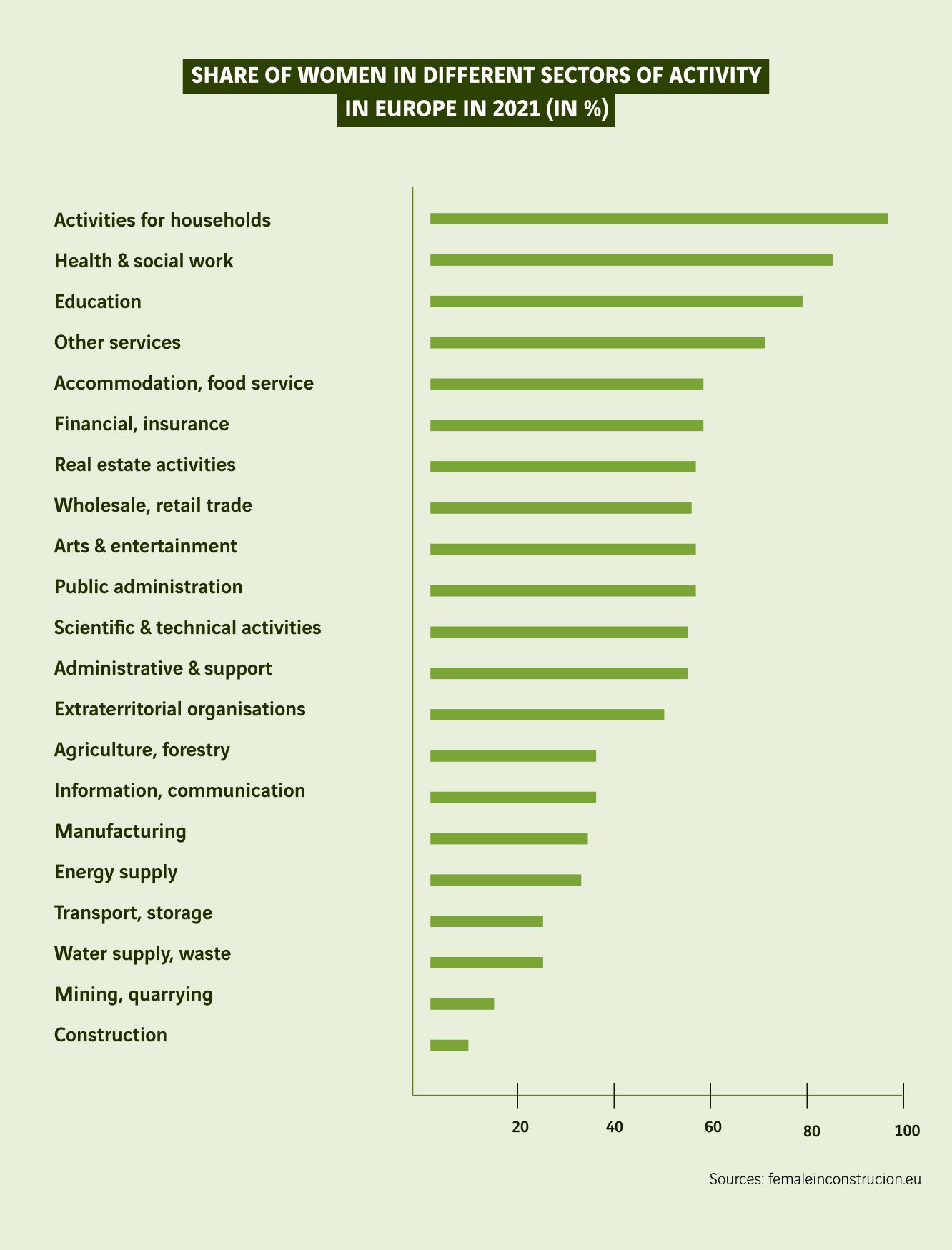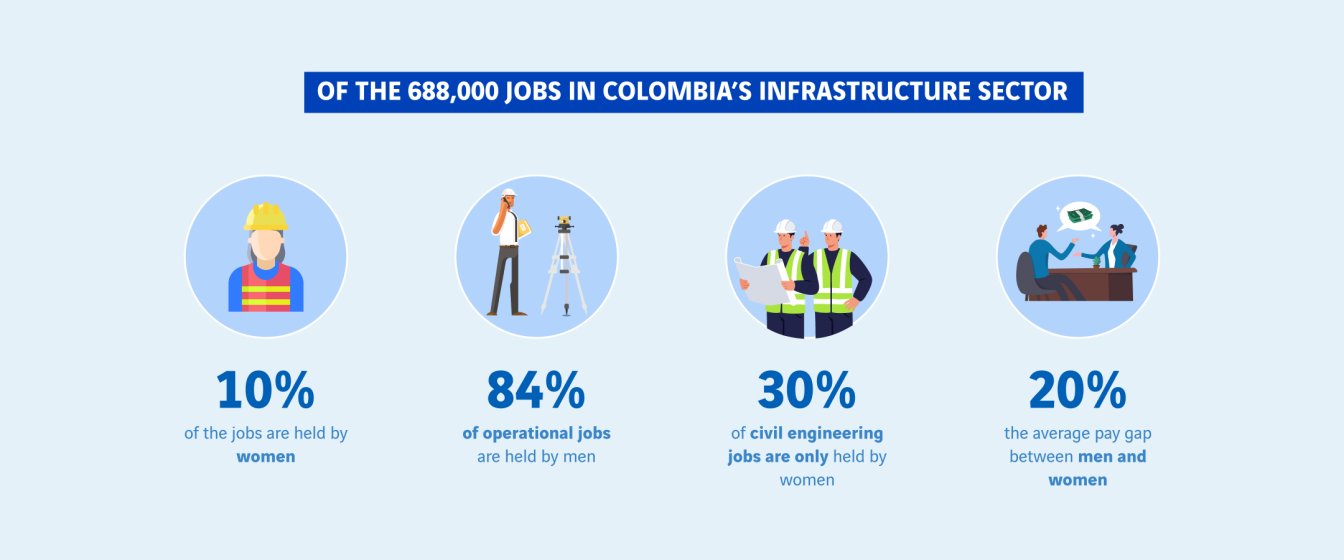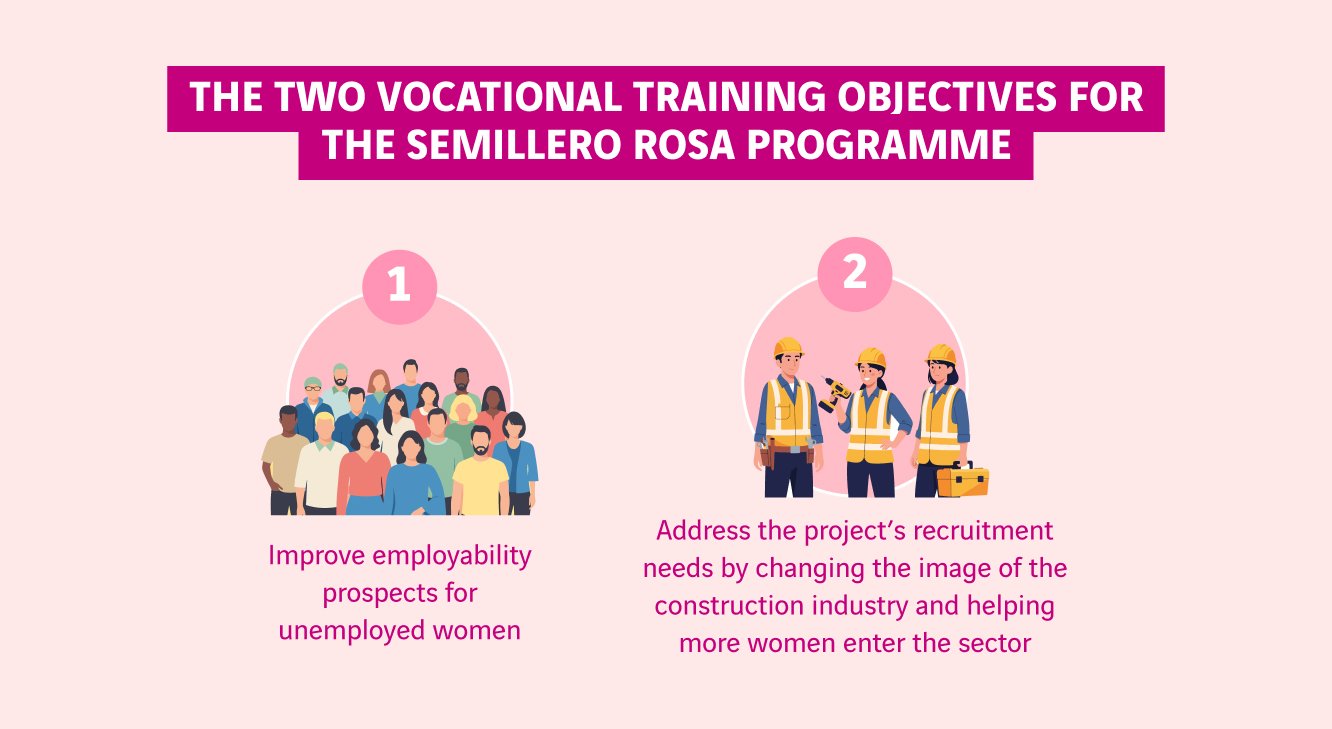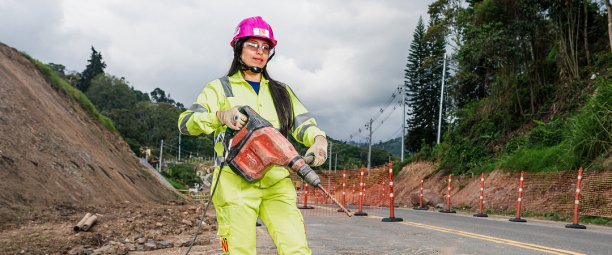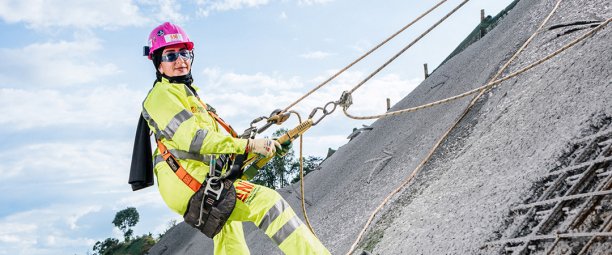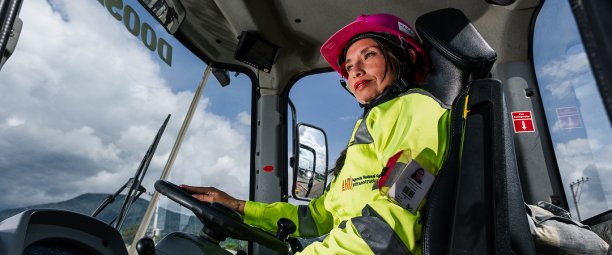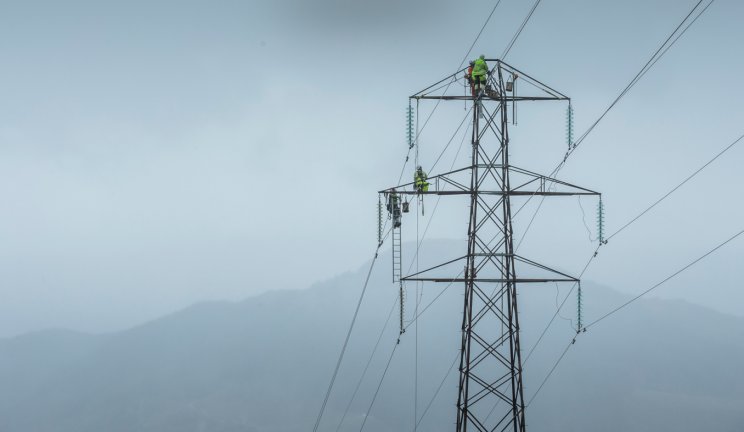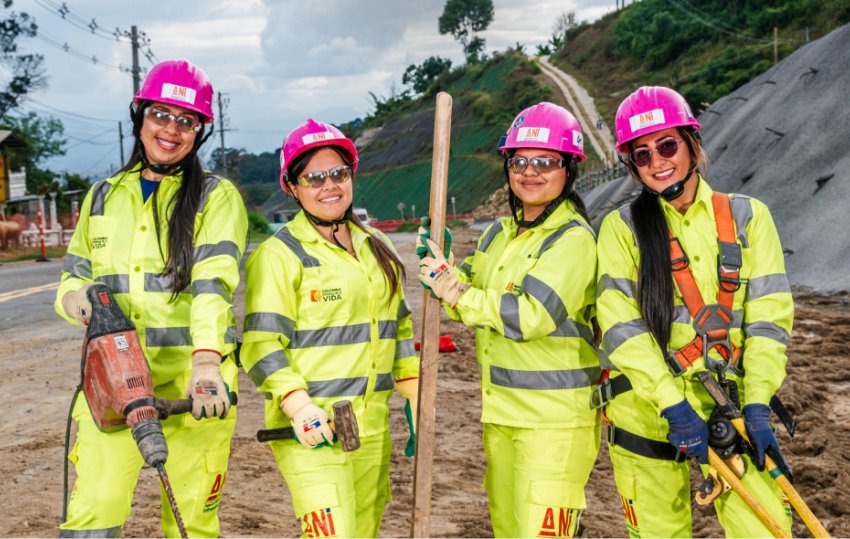
Bridging the construction gender gap: paving the way to a career in industry for women in Colombia
In 2025, the Ruta 40 consortium led by VINCI Construction Grands Projets completed work on widening and upgrading the Bogotá-Girardot motorway in Colombia, stretching just over 140 km and operated by Via Sumapaz, a VINCI Highways subsidiary (VINCI Concessions). Up to 5,000 journeymen were involved in the project during its peak. This included over 100 “journeywomen” who had been recruited under the Semillero Rosa programme (which translates as “rose nursery”). This innovative initiative aims to improve employment prospects for the region’s women and provide easier access to careers in the construction industry.
The correlation between economic performance, development and women's employment around the world
To fully appreciate the importance of a scheme like Semillero Rosa, it is essential to step back and look at the bigger picture and then consider the position that women occupy in the working world in general. Women’s employment can address two issues. The first issue involves building social cohesion. The second issue concerns the economy. In other words, a direct correlation has been established between a country’s wealth and development, and the employment rate and conditions for its female population. No economy can prosper if half its available talent is left on the sidelines.
Colombia is firmly among the world’s frontrunners in this particular area.
The difference in the employment rate for men and women is the key indicator, since it can be used to draw a relevant comparison in terms of the main economic, social and demographic disparities between countries and continents. Narrowing the gap has the effect of improving conditions for women and boosting the country’s economy. The World Bank estimates that if the employment rate for women reached the same level as the rate for men in Colombia, the GDP would ultimately grow by 17.9%1.
Construction: the enduring perception of "men's jobs"…
Taking a closer look at those women who have actually found a job outside the home reveals a number of striking disparities. The gender ratio in the different sectors of activity proves that the dichotomy between “men’s jobs” and “women’s jobs” continues to endure.

As a leftover from a bygone age when physical strength was a major job selection criterion, the construction industry today is still one of the sectors with the lowest female employment rates, i.e. around 10% of the workforce in Europe, compared to over 75% in the education, health and social sectors.
Colombia is no exception to this global trend.
Semillero Rosa programme: when women take their place in the construction industry
This scheme was inspired by the project (led by VINCI Construction and operated by VINCI Highways subsidiary Via Sumapaz (VINCI Concessions)) to upgrade the 145 km stretch of motorway between the cities of Bogotá and Girardot. It is aimed at unemployed women without any access to training opportunities in the towns and villages that lie in the project’s path. Women joining the programme receive vocational training and a wage, with two objectives:
- Improve their prospects of entering the working world
- Fulfil the project’s recruitment needs and change the image of the construction industry by helping more women enter the sector
1 programme, 1 diploma, over 120 women trained
The programme features a blend of theoretical and hands-on learning covering a total of five business lines. Training is delivered by the employees of the consortium responsible for carrying out the works and is held at the consortium’s sites using its materials and equipment.
At the end of their training pathway, participants can obtain an official qualification through the scheme’s partnership with the Servicio Nacional de Aprendizaje (SENA), Colombia’s main public institution for vocational training..
Over 120 women
were trained and hired under the Semillero Rosa programme between 2021 and 2025
A programme for changing lives and mentalities
The idea that spawned the Semillero Rosa scheme actually germinated within the consortium contracted to carry out the works, led by VINCI Construction Grands Projets. The Group’s subsidiary, which specialises in designing and building major infrastructure around the world, is actively pursuing a policy to promote gender equality, in line with the VINCI Group’s ambitions of ensuring equal pay and increasing the proportion of women in management roles and across the workforce..
We set up an initial initiative at the worksite in 2021, but only six or seven women were trained, since the scheme was still in the teething stages. When work on the project really started ramping up in 2022, we wanted to take the idea even further, so we decided to open the programme to five business lines. It proved to be a tremendous success, just like how this project has been a rewarding experience on a personal level. Not only have we trained, paid and supported the programme’s participants, but we’ve also taken great strides to change mentalities in the work teams.
Samuel Sauzon, Bogotá-Girardot Project Director at VINCI Construction Grands Projets.
This programme was aimed at changing women’s lives and altering their perception of the construction industry. It’s been proven that working women have a lower risk of experiencing domestic abuse. Once again, we provide participants with the economic resources to take part by receiving a wage as from the very first day of training. One of the most striking features is that when these women have been working out in the field like any other journeyman, their presence has actually prompted the men working in the project teams to take a critical look at their own prejudices.
Maria Fernanda Agualimpia Salazar, Deputy HR Director within the project consortium (VINCI Construction)
This pioneering programme is now inspiring similar initiatives in other parts of the country. When the Bogotá-Girardot project came to an end, many of the women who participated in the Semillero Rosa scheme found opportunities at other projects across Colombia, where they are now working as mechanics, welders, dump truck drivers, worksite managers and so on. The seeds that been sown are now starting to germinate!
On the road to leading other socially beneficial projects
In addition to its contractual commitments towards Colombia’s concession-granting authority, the National Infrastructure Agency (ANI), Via Sumapaz has opted to throw its support behind a number of initiatives to champion sustainable development and build social cohesion, with the overriding goal of generating long-term benefits for the communities that live near the country’s infrastructure. Several initiatives have been put into action, and two programmes in particular have had an especially major impact.
Firstly, the Vía Esperanza initiative has supported over 45,000 migrants since 2019 (including pregnant women, children and people with disabilities) through partnerships with various NGOs, including the Red Cross, the International Organisation for Migration, and World Vision. Secondly, the project called The Boulevard involves building retail spaces alongside the expressway, so that farmers and entrepreneurs across the region can come and sell their produce directly to our users.
Subscribe
Stay tuned : receive our newsletter
Every quarter, discover new articles, exclusive features and experts' views delivered straight to your inbox.
Most viewed
Explore more
Marina Lévy - Companies at the heart of ocean conservation issues
Marina Lévy, oceanographer, research director at the CNRS and ocean advisor to the president of the French National Research…
Building with and for nature
Whether creating barrages, stripping away topsoil, cutting down trees or digging channels, humans have spent thousands of…
Renewable energy transmission: overcoming the grid challenge for a successful transition
Grids around the world are adapting to new ways of producing and consuming energy, as well as to global warming. When it…
